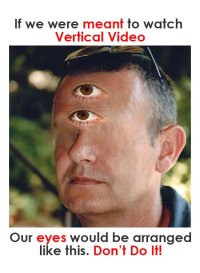Thanks for the link, Padam.Well, there is actually more to it than that.
Canon EOS Ra – Brendan Davey Photography
www.brendandaveyphotography.com
If you want to stay Canon, the Ra is probably the best one for astro and probably superior to the newer ones, more technology in a lot of cases also means more noise.
If you want the best long-exposure performance it is the Panasonic S1, wIth Sony A7III or Z6 not that far behind.
Panasonic Lumix S1, #TogUpgrade? – Brendan Davey Photography
www.brendandaveyphotography.com
Star tracking will not work without a factory compatible or built-in GPS (calibrated for all three axis) , so if that's what you want, Pentax is the only one to go for, Canon might never implement that, neither does any of the mirrorless competition.
But the main takeaway is that the newest camera is not the best for astrophotography and the Ra is a good option as far as Canon goes.
It looks like Canon might be selecting the best R sensors to be put into the Ra, or somehow generating / retaining less heat for it, but it is hard to tell. Either way, the R5 is well known for generating more heat and the better weatherproofing keeps more heat in, so that the R5 would probably not be a good choice to convert via a company swap of filters to a R5a equivalent. It also implies that a R5a might not be a good a choice for a future R version from Canon. It also might be a bad decision to alter the superb R5 sensor as the result might drastically harm daylight use much more than one would hope, as well as not perform as well as the Ra.
I didn't know the star tracking/tracer required GPS, so it makes sense that the Ra doesn't have it.
The Ra is $2,500 US new. It's certainly worth considering after all. Looks like it's time to consider all the other alternatives as well - namely dedicated astro cameras and lenses that they can use.
Upvote
0


